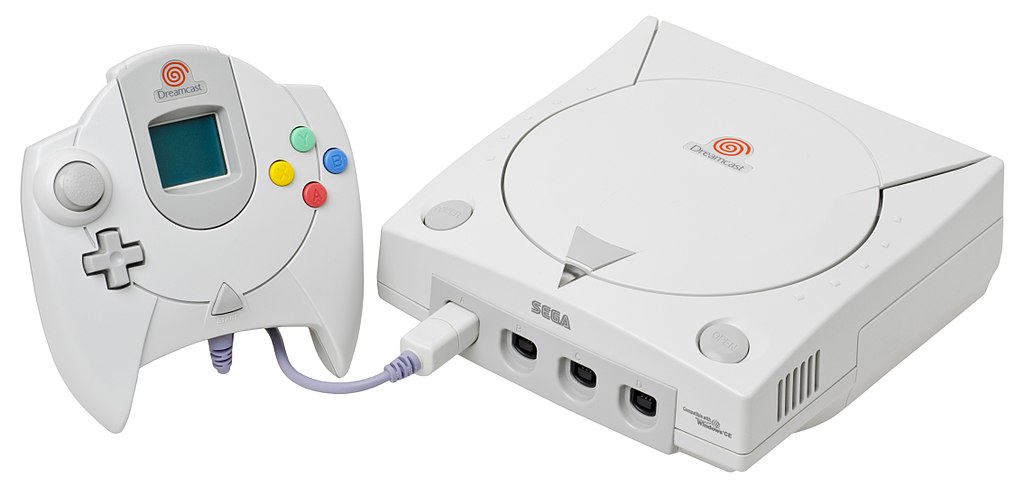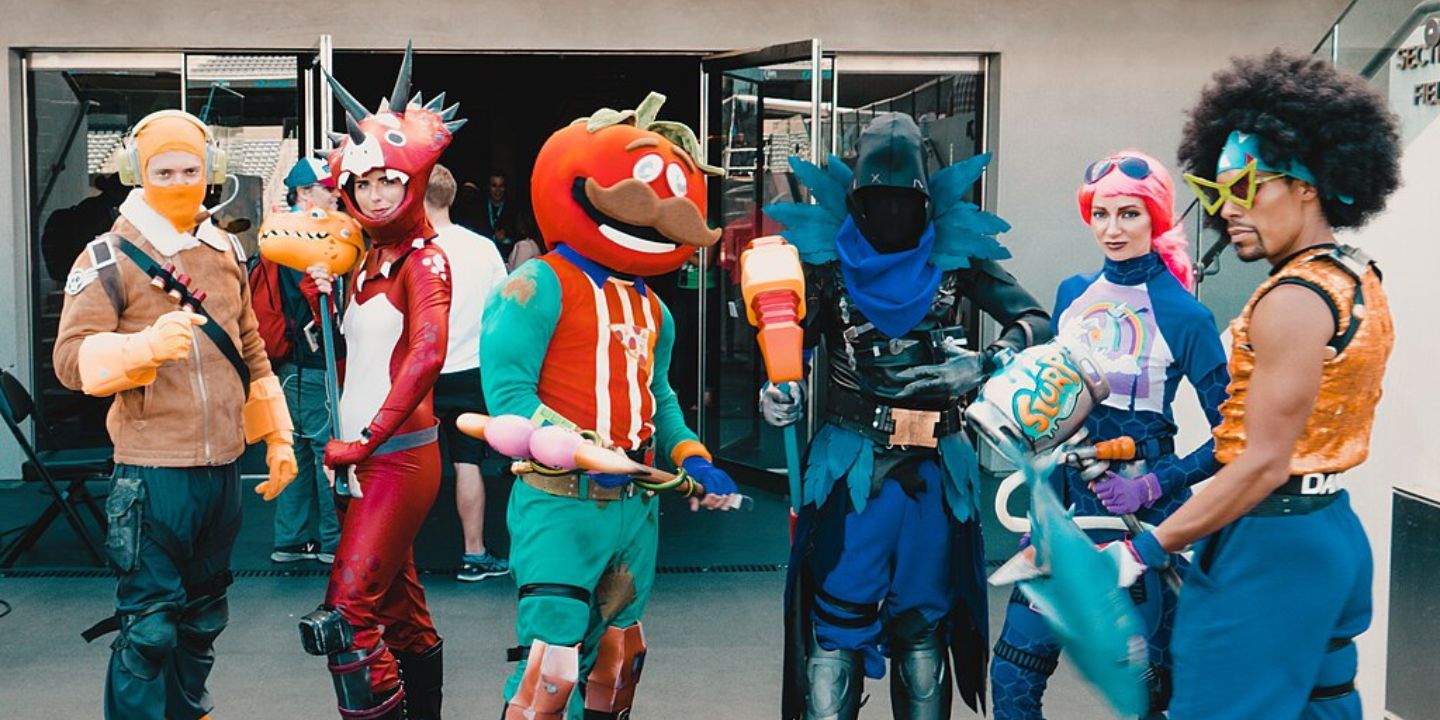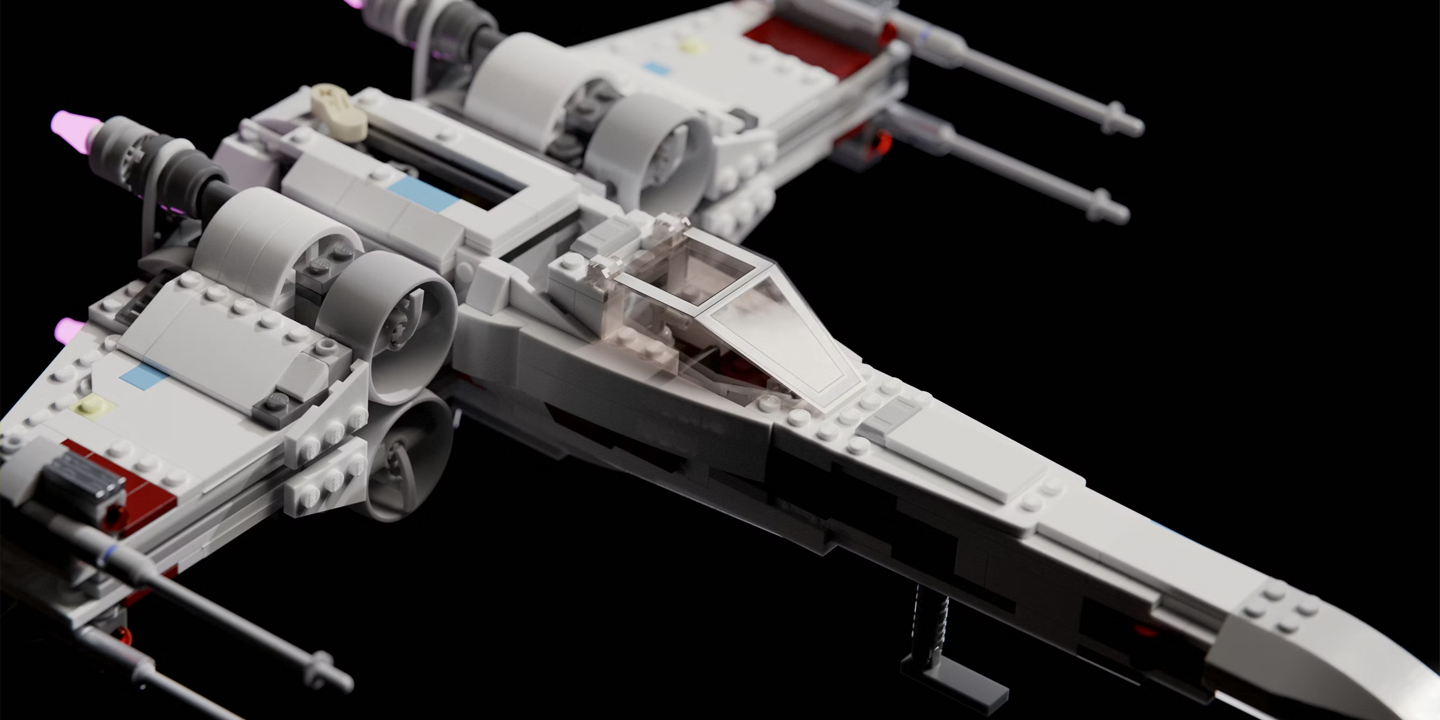The gaming industry is a massive cash cow — and like with all cash cows, everyone’s trying to get their piece of the pie. The industry has been going strong for over four decades at this point, and in that time there have been numerous forays into the home console market; some good and some… well, not-so-good. Here’s a list of the 10 best and worst consoles in gaming’s long-tenured history.
1. Nintendo Wii
The Nintendo Wii (along with the Nintendo DS) was a major return to form for the console manufacturer, which arguably hadn’t seen a breakout success since the Nintendo 64. With its innovative motion controls, lower price point, and family-friendly library of games, gamers of all ages were instantly hooked on the Wii.
 david murphy on Wikimedia Commons
david murphy on Wikimedia Commons
2. Dreamcast
With innovative new features like online gaming and web browsing, a built-in modem, and a memory card with an LCD screen, Sega’s Dreamcast was very much ahead of its time. Despite its unfortunate discontinuation in 2001, the console left its mark on the industry with its unique innovations and vast impressive library of games that included titles like “Shenmue”, “Sonic Adventure”, “Jet Set Radio” and many more.
 Evan-Amos on Wikimedia Commons
Evan-Amos on Wikimedia Commons
3. Atari 2600
As one of the first home video game consoles to truly go mainstream, the Atari 2600 is a necessary inclusion on this list. Despite basically causing the video game crash of 1983 with “E.T. the Extra-Terrestrial”, the Atari 2600 revolutionized console gaming and brought the video game medium to the forefront of pop culture with titles like “Space Invaders” and “Pitfall”!.
 Evan-Amos on Wikimedia Commons
Evan-Amos on Wikimedia Commons
4. Game Boy
Even though it wasn’t as technically advanced or compactly designed as its counterparts, Nintendo’s handily won over consumers with its lower price tag, longer battery life, and extensive library of games. The Game Boy cemented handheld gaming as a viable and integral facet of the industry with smash hits like “Pokémon Red and Blue" and "Tetris”.
5. Xbox 360
Microsoft’s initial foray into console gaming was somewhat underwhelming. With the Xbox 360, however, Microsoft established its console prowess in a big way.
The console was nothing short of a game-changer: introducing gamers to high-def, expanding on its superior online multiplayer experience with Xbox Live, and serving as the exclusive home for titles like “Halo 3” and “Gears of War”.
6. Neo Geo
Although not as well-known or prominent as other consoles on this list, the Neo Geo is by far one of the most unique and beloved consoles of all time. Most notable for its impeccable ability to replicate the arcade experience at home (a huge breakthrough at the time), the Neo Geo was considered a “luxury console” due to its powerful hardware and high price point. Massively popular titles like “Metal Slug” and “Fatal Fury” made it a highly sought-after console in the 90s.
 Evan-Amos on Wikimedia Commons
Evan-Amos on Wikimedia Commons
7. Sega Genesis
Known for introducing the world to the loveable Sonic the Hedgehog, the Genesis catapulted Sega to the gaming stratosphere and bravely went head-to-head with industry leader Nintendo. As Sega’s best-selling console, the Genesis was known for its extensive and influential library of games, as well as its aggressive marketing campaigns.
8. PlayStation (PS1)
Facing stiff competition in the form of Nintendo and Sega, Sony knew they had to do something new and revolutionary for their first foray into the console market to stave off their contemporaries.
With that came the PlayStation: the first major CD-oriented console that brought 3D graphics to the forefront. With notable titles like “Resident Evil” and “Metal Gear Solid”, the PlayStation established itself as a place where more mature games could thrive.
9. Super Nintendo Entertainment System (SNES)
As the massively popular successor to the Nintendo Nintendo Entertainment System, the SNES successfully expanded on the success of its predecessor in every way possible. Fondly remembered for advancing graphic and sound capabilities far beyond that of its competitor (the Genesis), the SNES brought along with it a slew of iconic titles like “Super Mario World” and “The Legend of Zelda: A Link to the Past”.
10. PlayStation 2 (PS2)
With over 155 million units sold worldwide, Sony’s PS2 holds the title of best-selling video game console of all time. As one of the most prominent gaming consoles of all time, the PS2 holds a special place in the hearts of millions of people. Its revolutionary dual-shock controllers, DVD drive, and extensive library of games (including “Final Fantasy X” and "Grand Theft Auto: San Andreas”) have made the PS2 an undeniable cultural phenomenon.
1. Virtual Boy
As gaming's first foray into virtual reality well before Oculus and the Apple Vision Pro were even an idea, the Virtual Boy is quite impressive.
Unfortunately, its monochrome red-and-black display and lack of true VR capabilities were more of a headache than innovation, and the console was quickly axed after low sales and terrible reception.
2. Atari Jaguar
The failure of the Atari Jaguar, much like the Sega Dreamcast, was enough to run the company out of the console-making game for good. But unlike Sega’s Dreamcast, the Jaguar was a massively underwhelming console. The Jaguar, Boasting complex hardware that was difficult to develop for, failed to gain any traction due in large part to its limited game library.
 Evan-Amos on Wikimedia Commons
Evan-Amos on Wikimedia Commons
3. Philips CD-i
Before the breakout success of Sony’s PlayStation, Philips made its first (and only) foray into console gaming with its own CD-oriented console. The multimedia player was intended to combine elements of a CD player and a game console but failed to capture the attention of users with its high price point, poor graphics, lack of functionality and an awful games library that included the infamous “Zelda” games that Nintendo had licensed out.
 Evan-Amos on Wikimedia Commons
Evan-Amos on Wikimedia Commons
4. Sega 32X
Although more of an add-on than a full-fledged console, the Sega 32x was meant to bridge the gap between the massively popular Genesis and the upcoming Sega Saturn. Hoping to expand the technical limitations of the aging Genesis, Sega instead confused consumers, fragmented the market, and quickly abandoned their misguided add-on.
5. Nintendo Wii U
The follow-up to Nintendo’s phenomenally successful Wii, the Wii U massively underperformed upon its release in 2012. Although unique and innovative with its tablet touchscreen controller, the console simply failed to attract enough of an audience to ensure its success. With a lack of third-party support and limited technical specs, many users abandoned Nintendo until its far more successful follow-up.
 Dancingpolishcow on Wikimedia Commons
Dancingpolishcow on Wikimedia Commons
6. Gizmondo
Known more for scandalous company executives than console manufacturing, Tiger Telematics dropped this dud of a console in early 2005. Coinciding with the release of the vastly more popular PSP and Nintendo DS, the Gizmondo never stood a chance in the handheld market. Its high price point and poor game selection dissuaded most gamers from giving this flop a try, with less than 25,000 units sold worldwide.
 Evan-Amos on Wikimedia Commons
Evan-Amos on Wikimedia Commons
7. Apple Bandai Pippin
A collaboration between Apple and Bandai: what could go wrong? A lot. The Ill-fated Pippin was intended to be a multimedia platform and gaming console but failed miserably in both regards. Due to its high price tag and limited software selection, the Pippin sold poorly - relegating it to the dustbin of history.
 Evan-Amos on Wikimedia Commons
Evan-Amos on Wikimedia Commons
8. Ouya
As one of the highest-earning Kickstarter campaigns in the website’s history, expectations were high for the budding open platform Android-based console. Despite the hype, Ouya failed to deliver a compelling experience for gamers, with many citing poor-quality controllers, bad interface, and a lacking game library as reasons why the console could never truly compete with its far more successful contemporaries.
 Československý herní archiv - Tomáš Čapek on Wikimedia Commons
Československý herní archiv - Tomáš Čapek on Wikimedia Commons
9. Nokia N-Gage
Nokia’s commendable effort to combine a smartphone with a handheld gaming device preceded the iPhone by several years. Nevertheless, Nokia failed to capitalize on this visionary concept mostly due to its odd design and uncomfortable controls. Sadly, the only thing the console is remembered for is its meme-inducing taco-like design.
 Evan-Amos on Wikimedia Commons
Evan-Amos on Wikimedia Commons
10. Sega Saturn
As one of the final nails in the coffin for Sega’s dwindling console manufacturing enterprise, the Sega Saturn simply could not keep up with its fellow 64-bit competitors, the Nintendo 64 and Sony’s PlayStation. Although technically impressive, the console was notoriously difficult to develop games for, leading to a limited game library that convinced consumers to wait for the hotly anticipated PS1 instead.
















